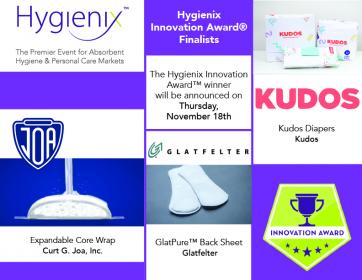INDA Releases 2022 Nonwovens Supply Report
Report Offers INDA Members Key Metrics to Assist in Strategic Planning and Investments
INDA, the Association of the Nonwovens Fabrics Industry, announces publication of the ninth edition of the annual North American Nonwovens Supply Report for its members.
Based on extensive research, producer surveys and interviews with industry leaders, the report provides an overall view of North American supply, including the key metrics of capacity, production and operating rates, in addition to regional trade, through the year 2021. The 75-page report contains 36 figures and 11 tables.
Findings from this year’s Supply Report include:
- North American capacity continues to increase with investments being made across all the processes and for a variety of end-uses. Production output exceeded that of new capacity, resulting in the industry’s nameplate capacity utilization increasing year-over-year, for the fourth consecutive year.
- In 2021, capacity of nonwovens in North America reached 5.540 million tonnes, an increase from the previous year of 1.8% (net growth of 98,300 tonnes) and an improvement over the previous year’s pandemic-impacted growth rate of 0.5%.
- The industry was able to quickly react to the demand for electrostatically charged fine-fiber meltblown used in the manufacture of respirators and pleated face masks. Twenty-two meltblown lines were added in 2020, resulting in 7.2% year-over-year growth rate for meltblown. In 2021, another 12 lines were added, resulting in 8.5% annual growth over 2020.
- North American imports, in tonnage, increased 1.6% in 2021 as exports decreased 6.0%. Imports were led by China accounting for 39% of the imports into North America followed by India (14%) and Germany (9%). Even with the significant shifts in North American trade dynamics, nonwovens tend to stay where they are produced, with the net trade balance (imports less exports, 422,100 tonnes) accounting for less than ten percent of the region’s capacity
The report—and the quarterly INDA Market Pulse and monthly Price Trends Summary—are provided to the nearly 400 INDA member companies and associates as part of their membership. The data gathered for this annual report serves as the foundation for the both the biannual Global Nonwoven Market Report published in September of 2021 and the biannual North American Nonwovens Industry Outlook, which will be updated and published this fall.

























